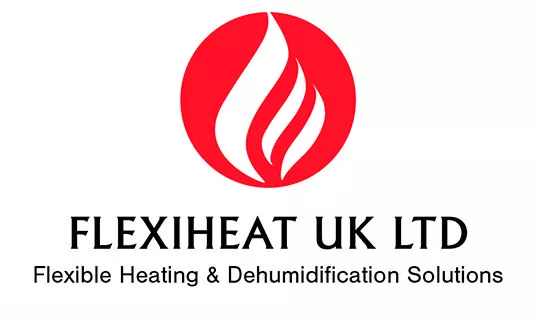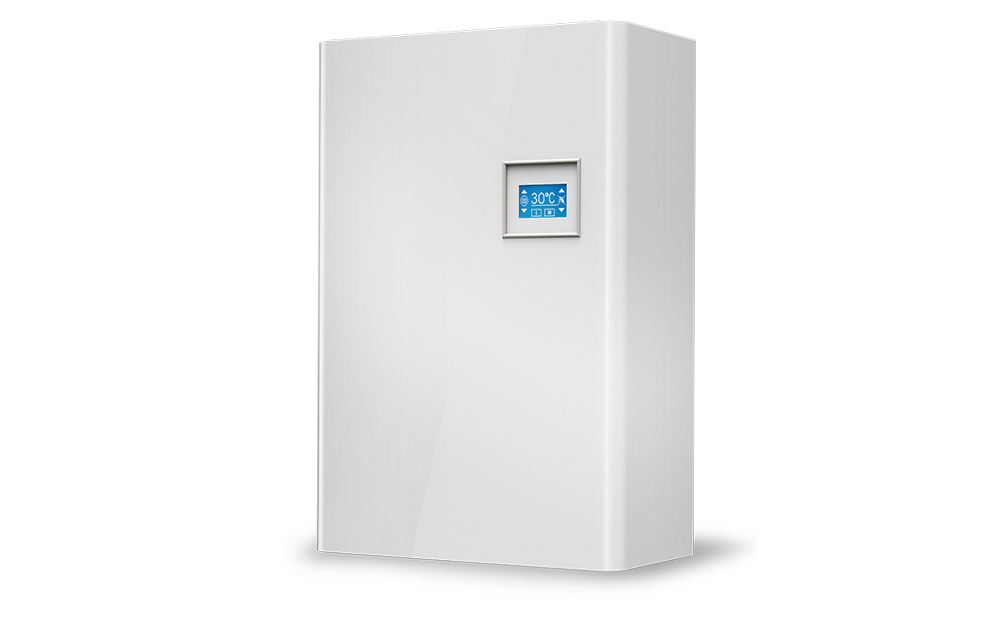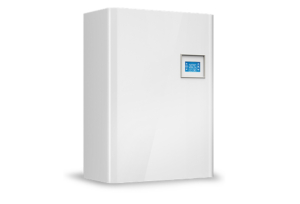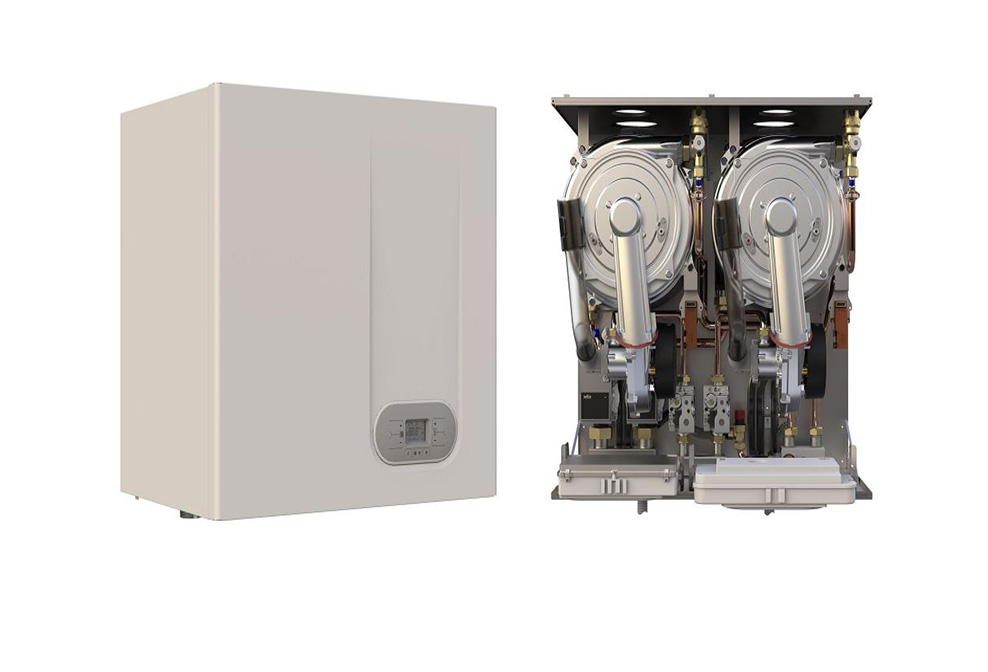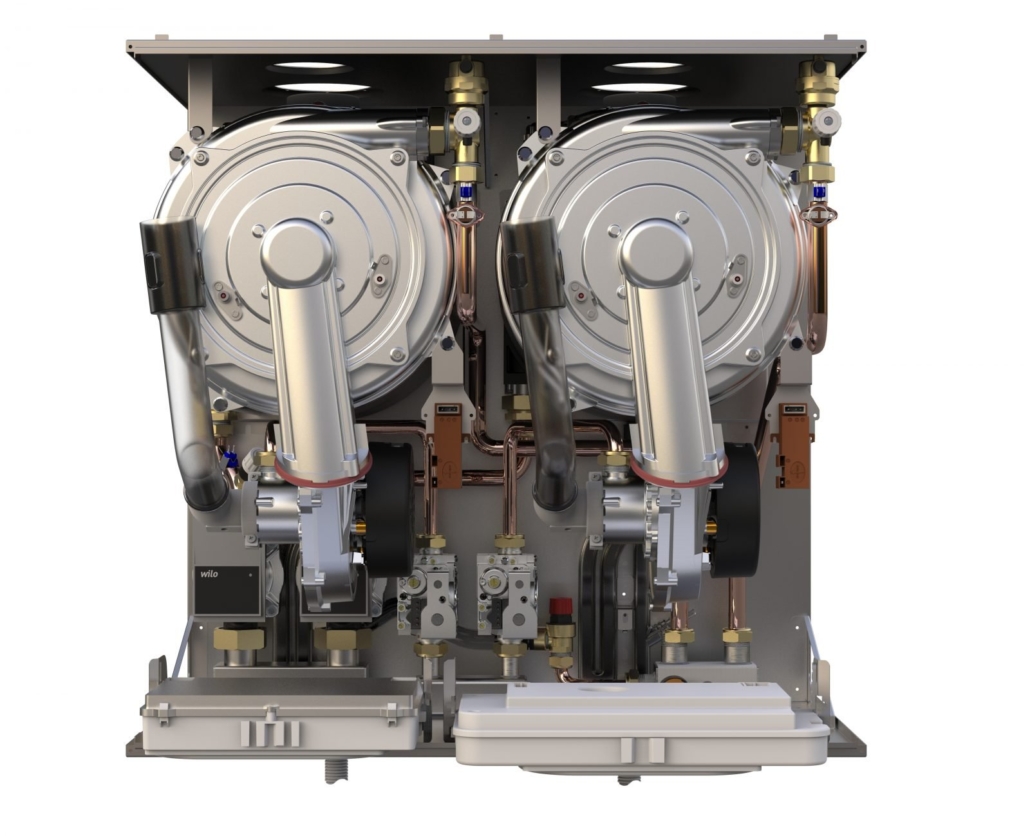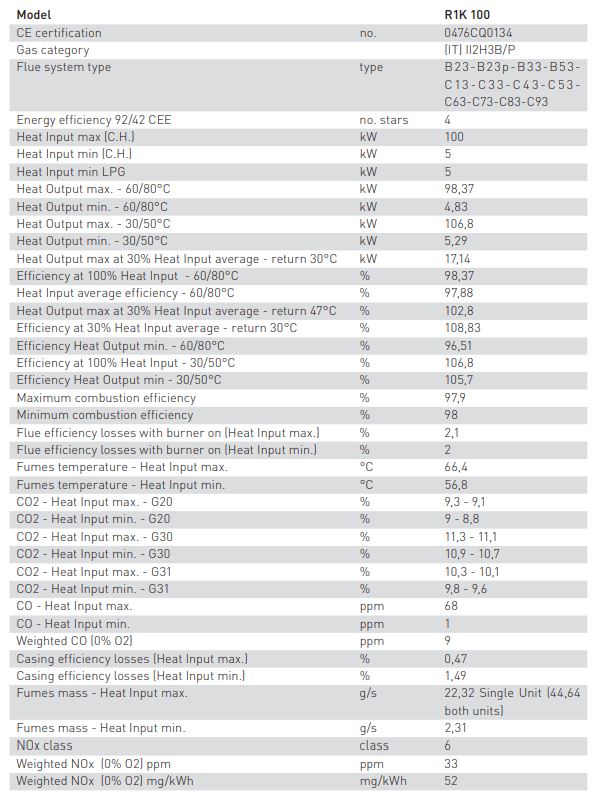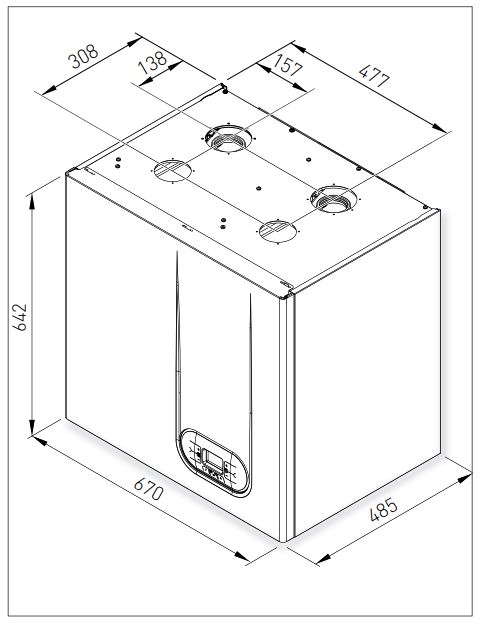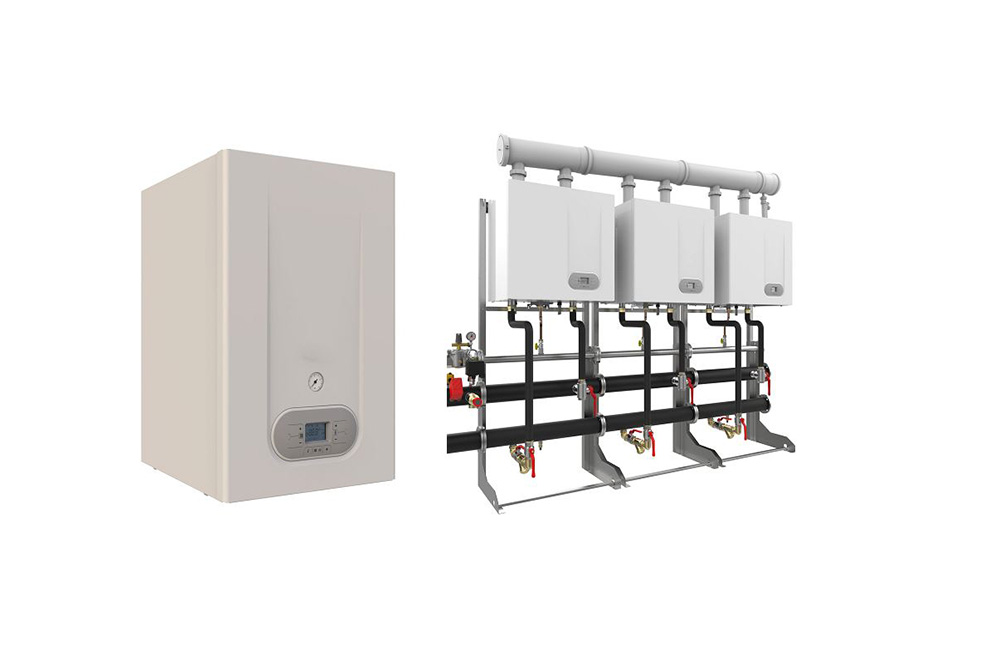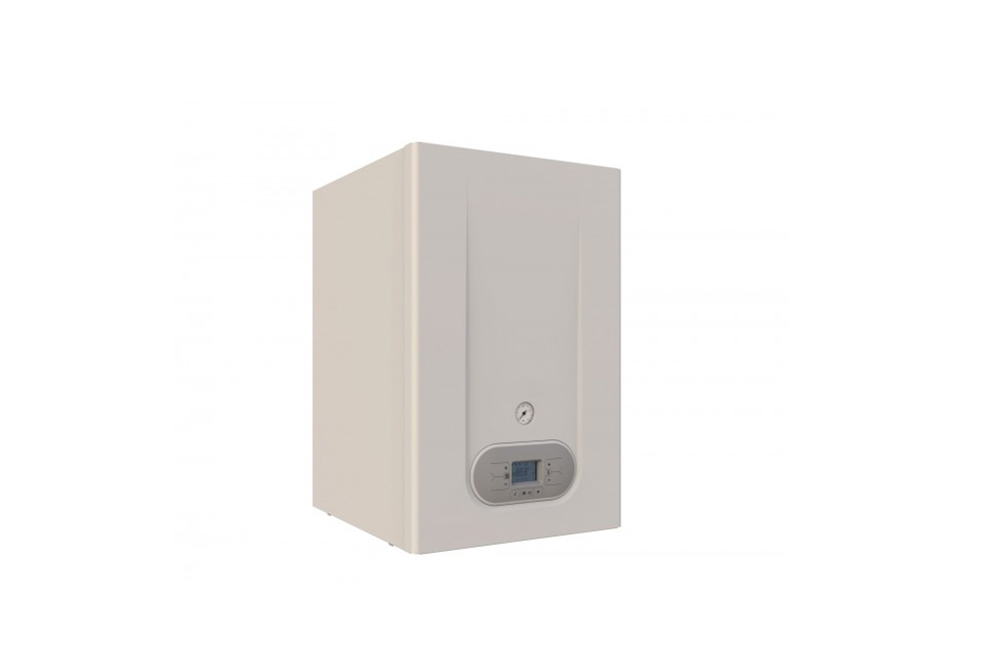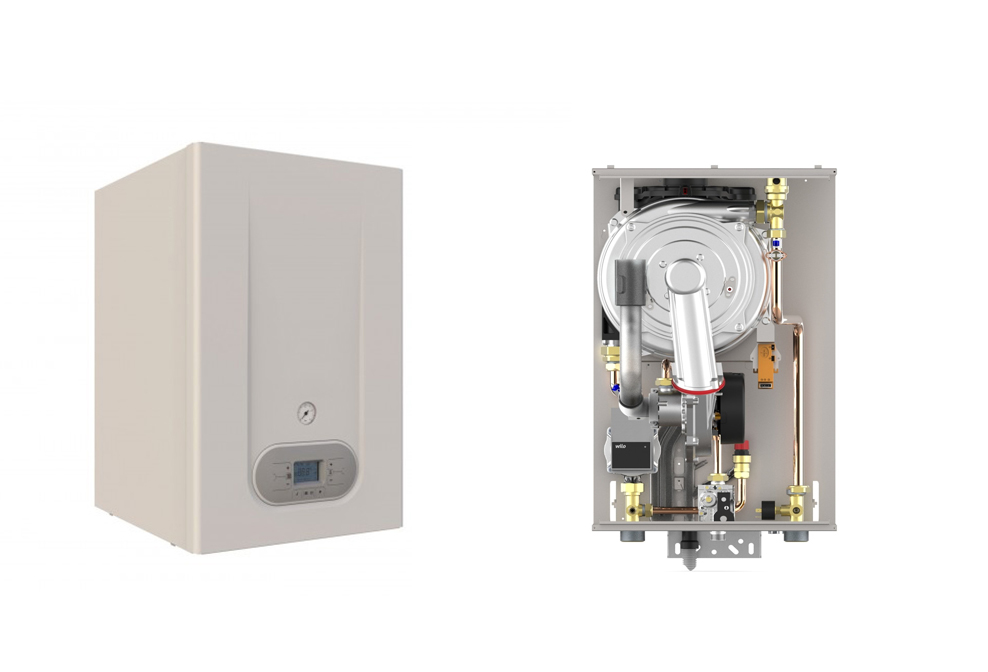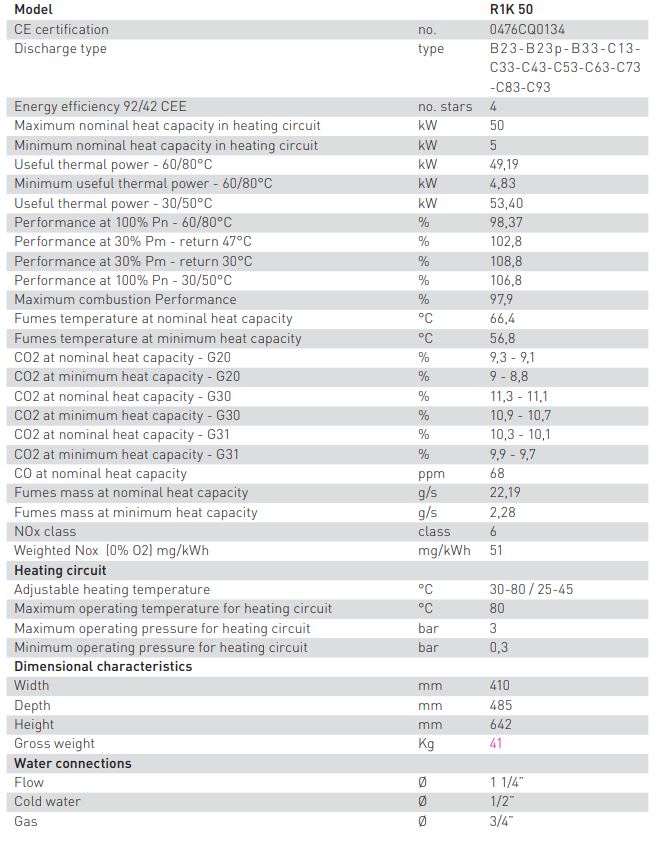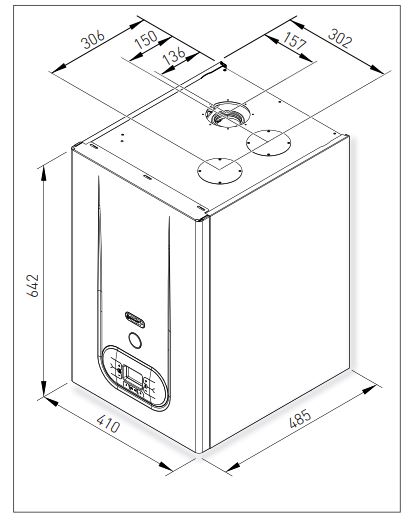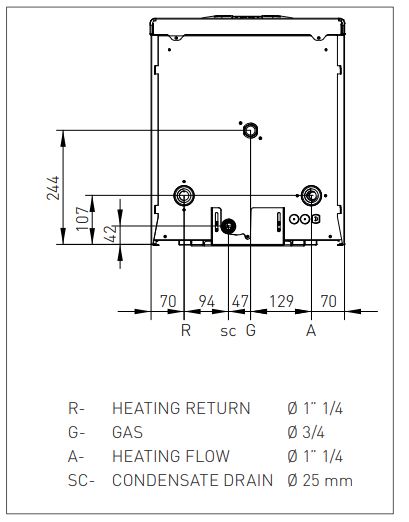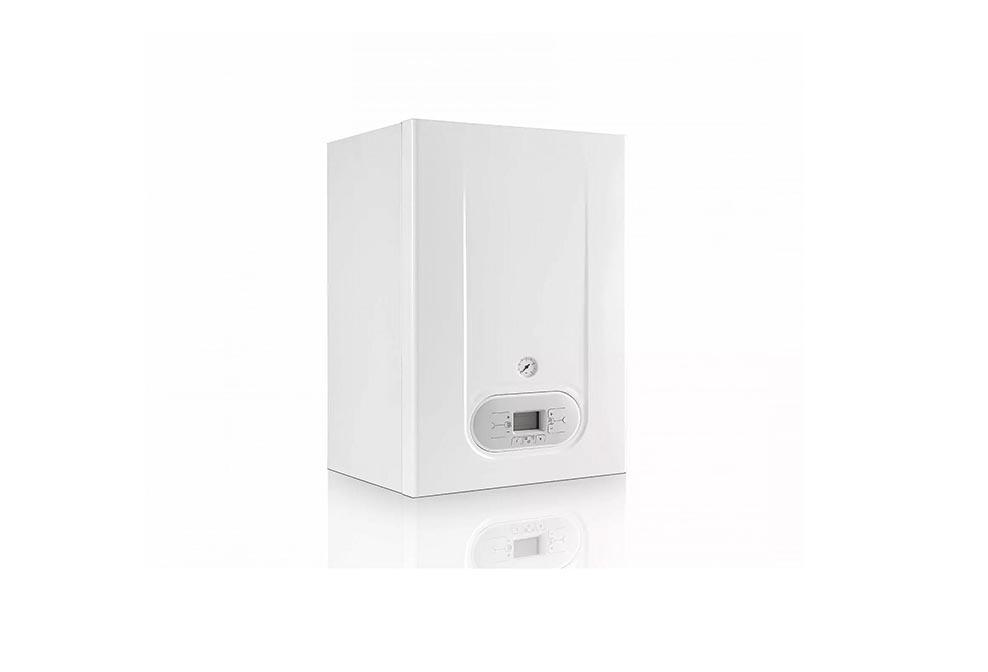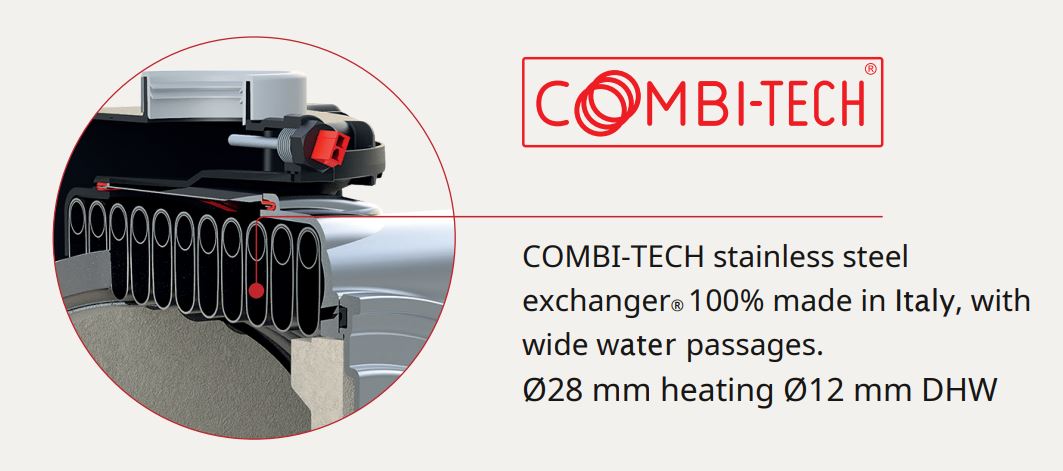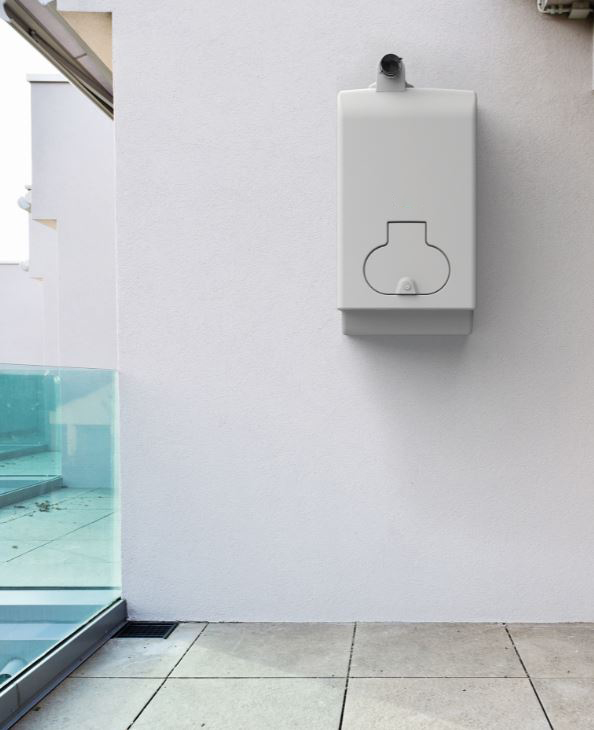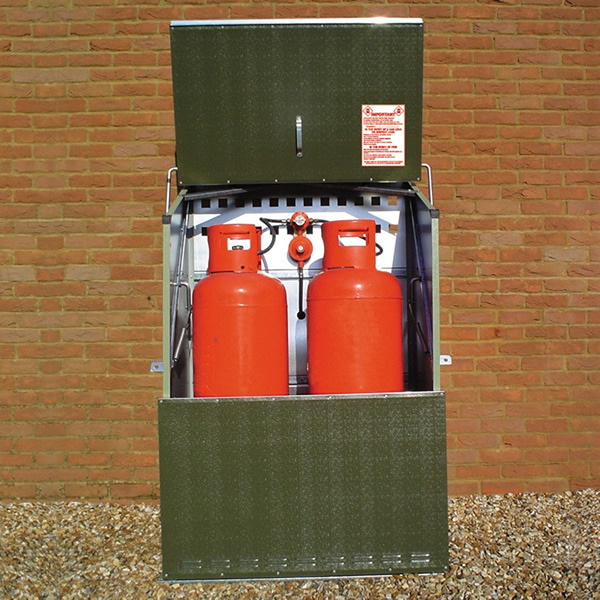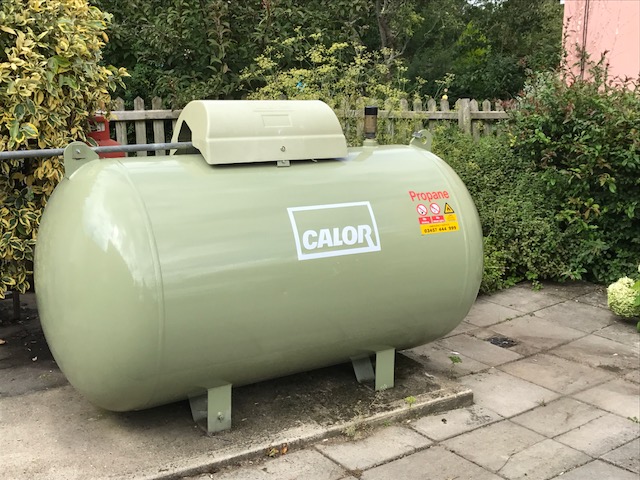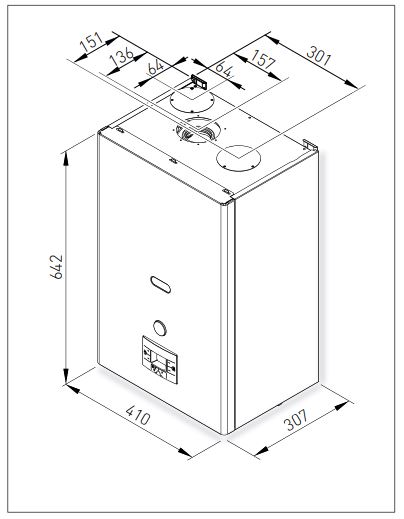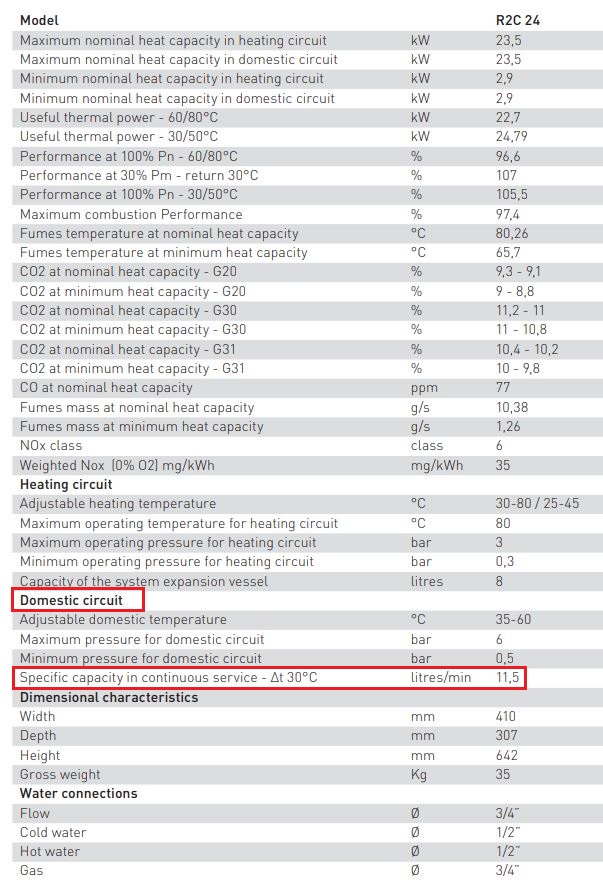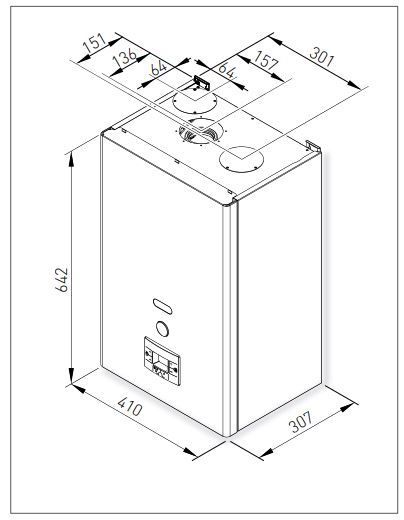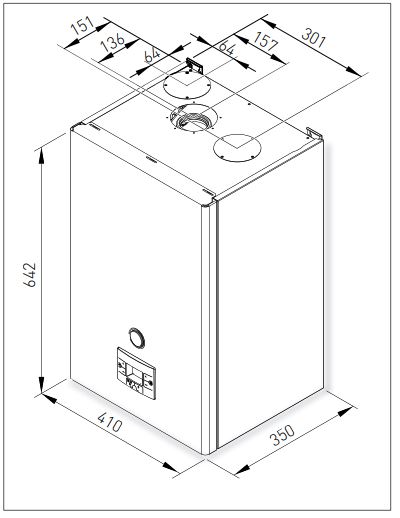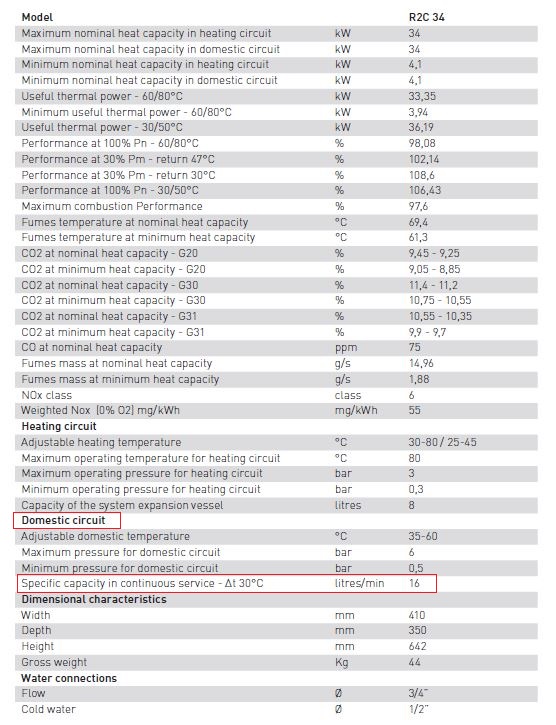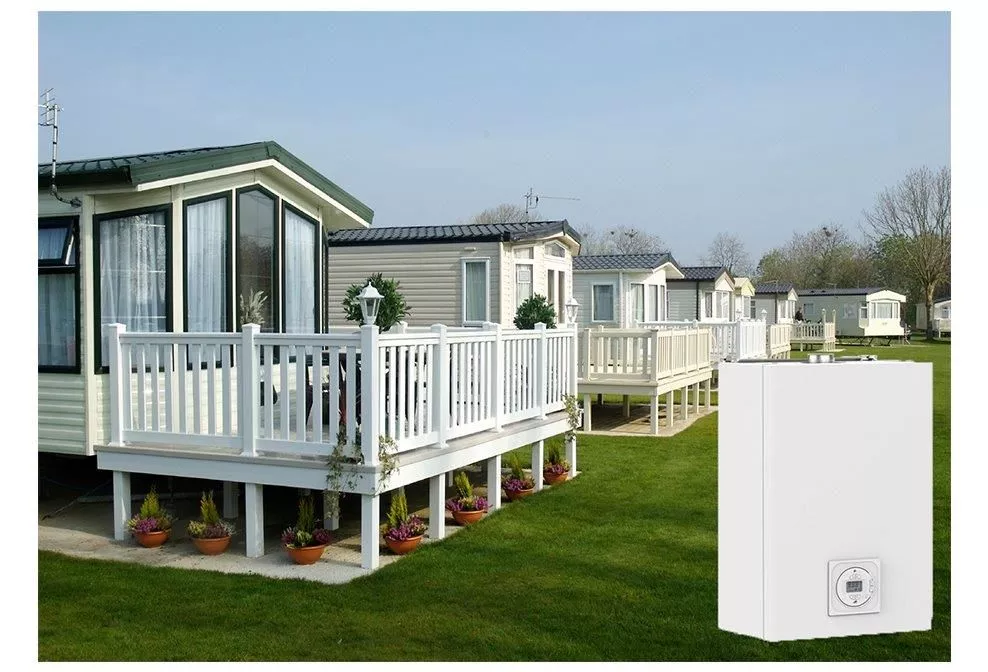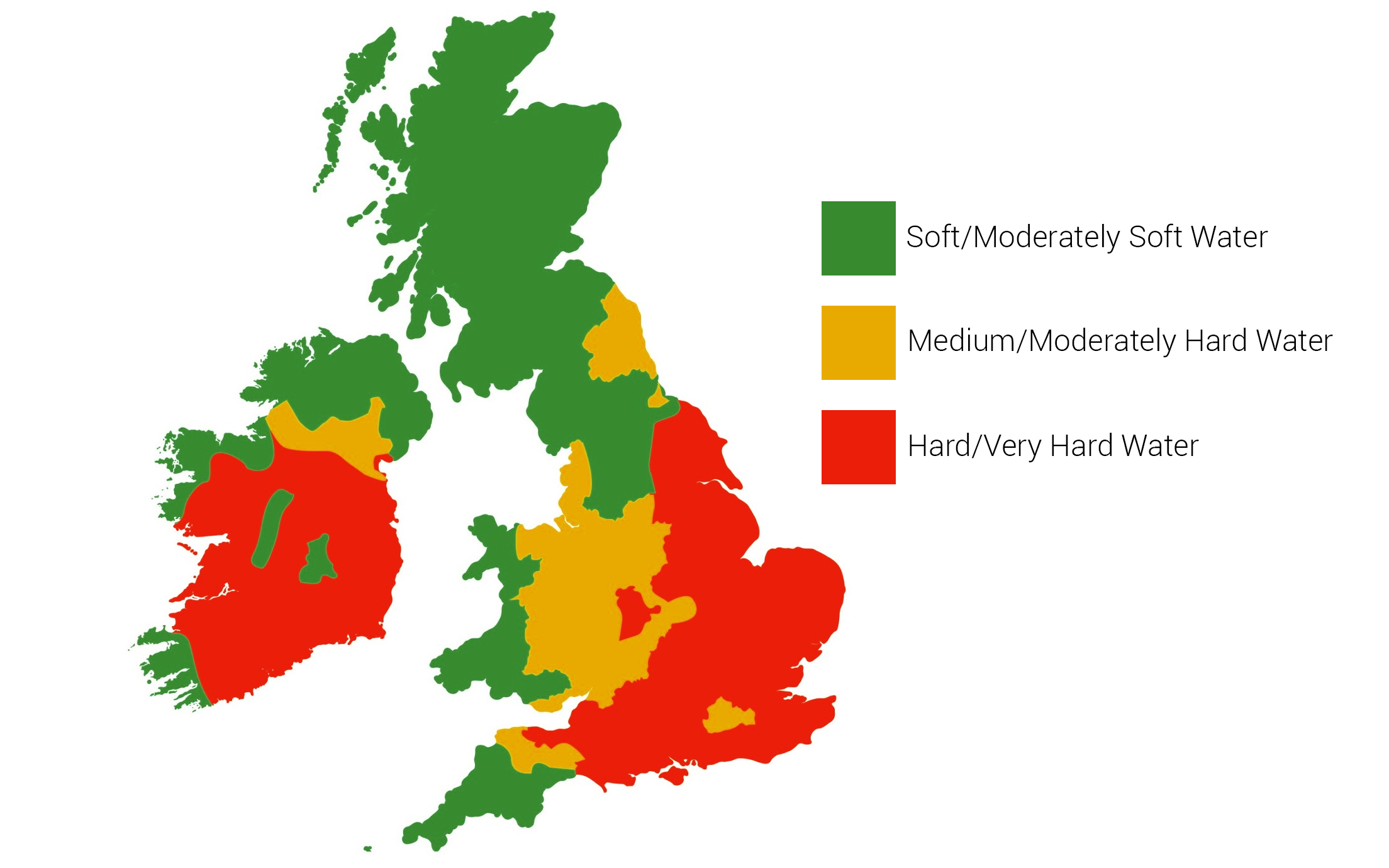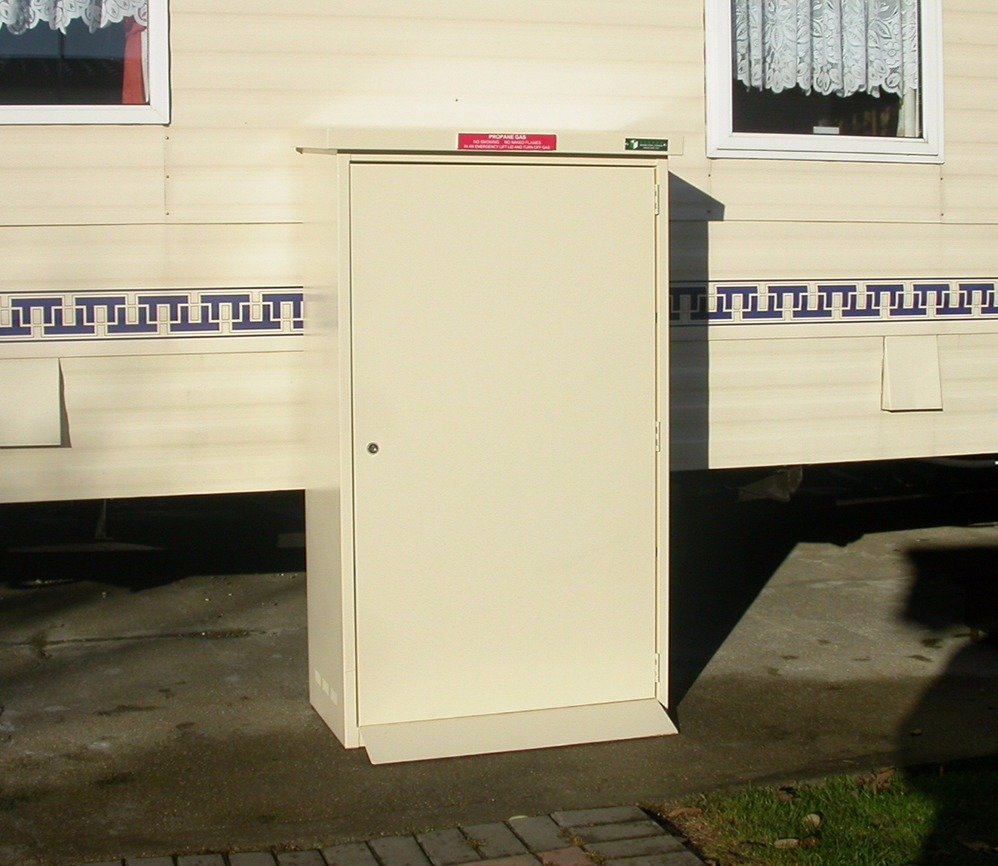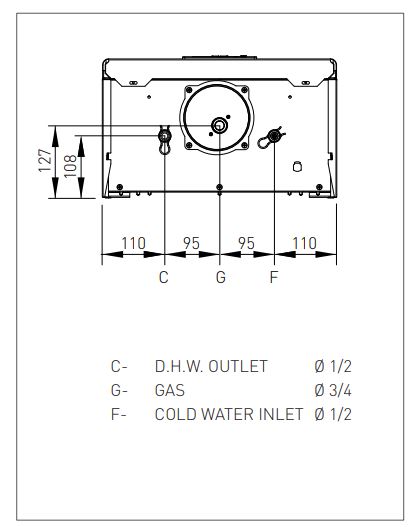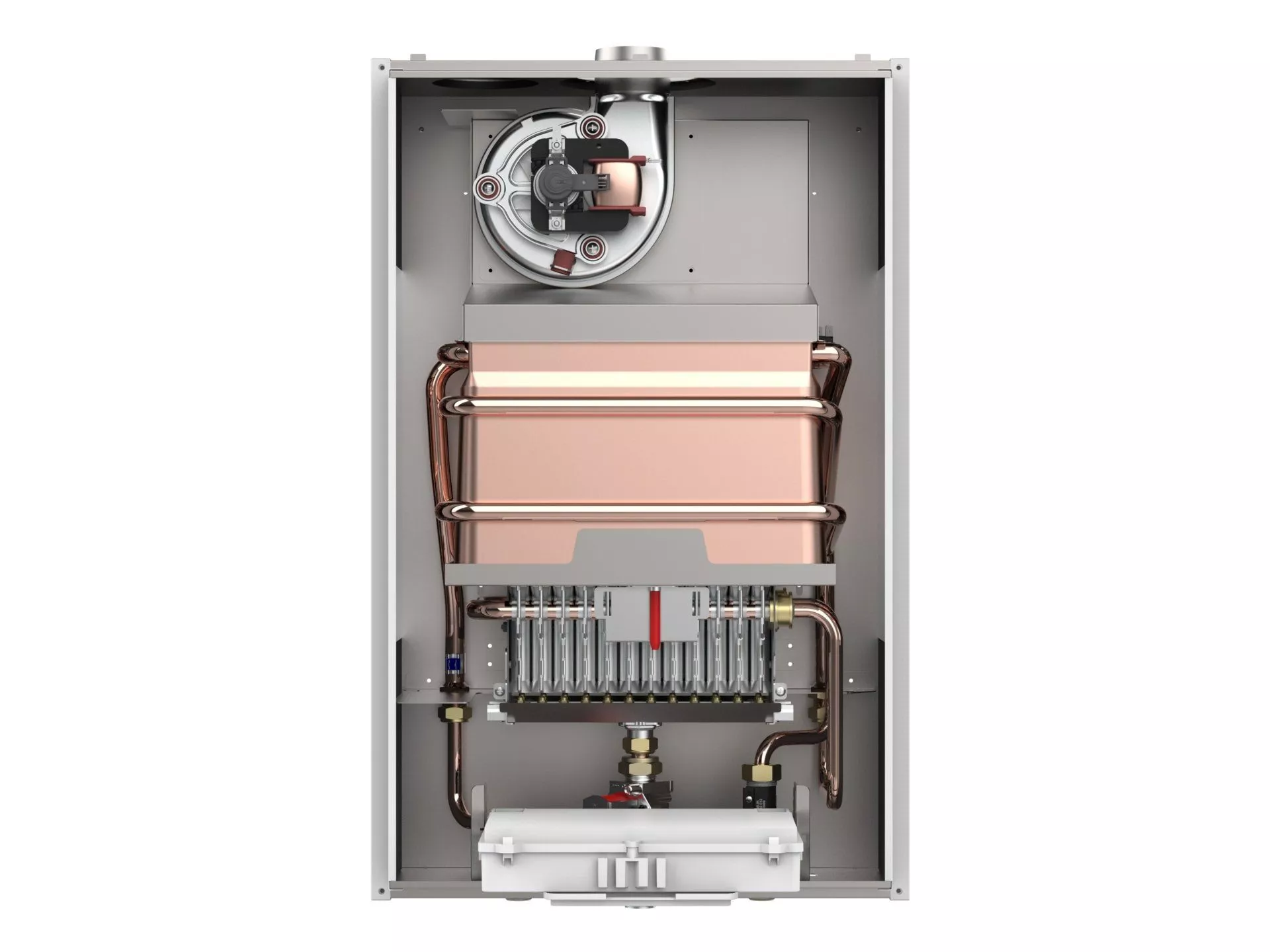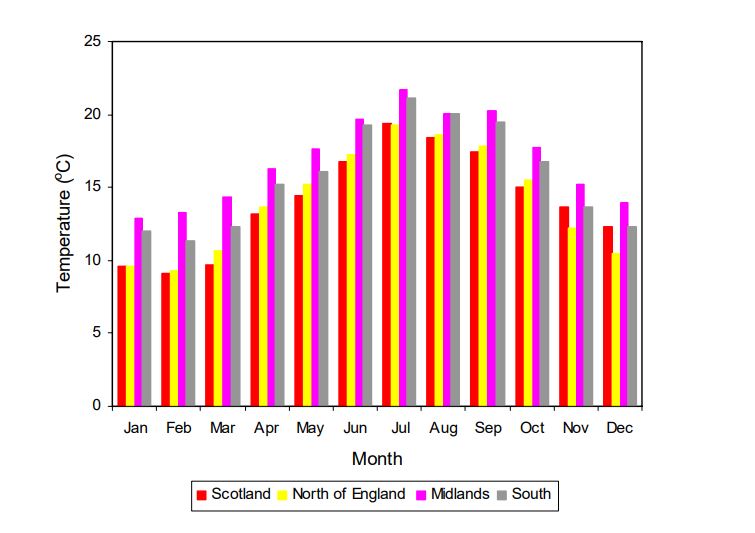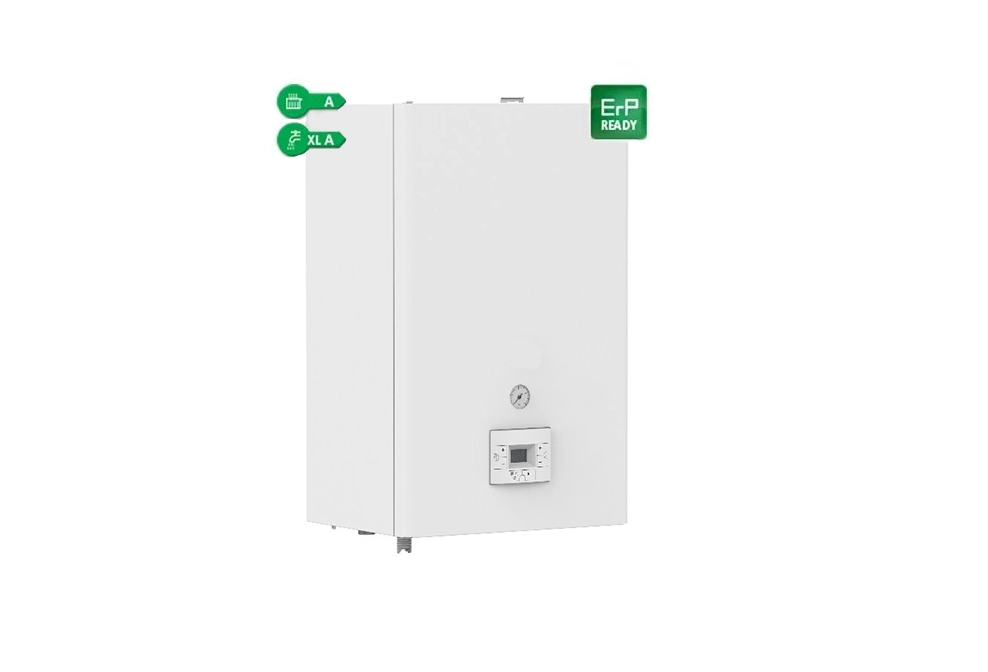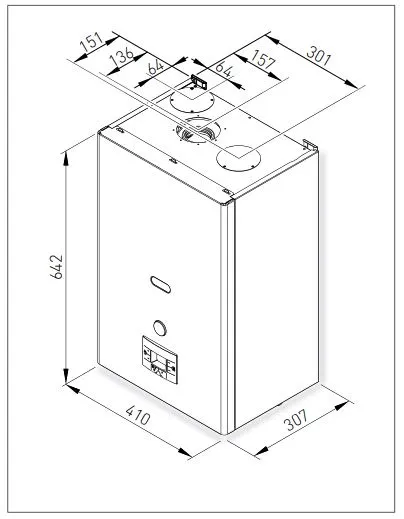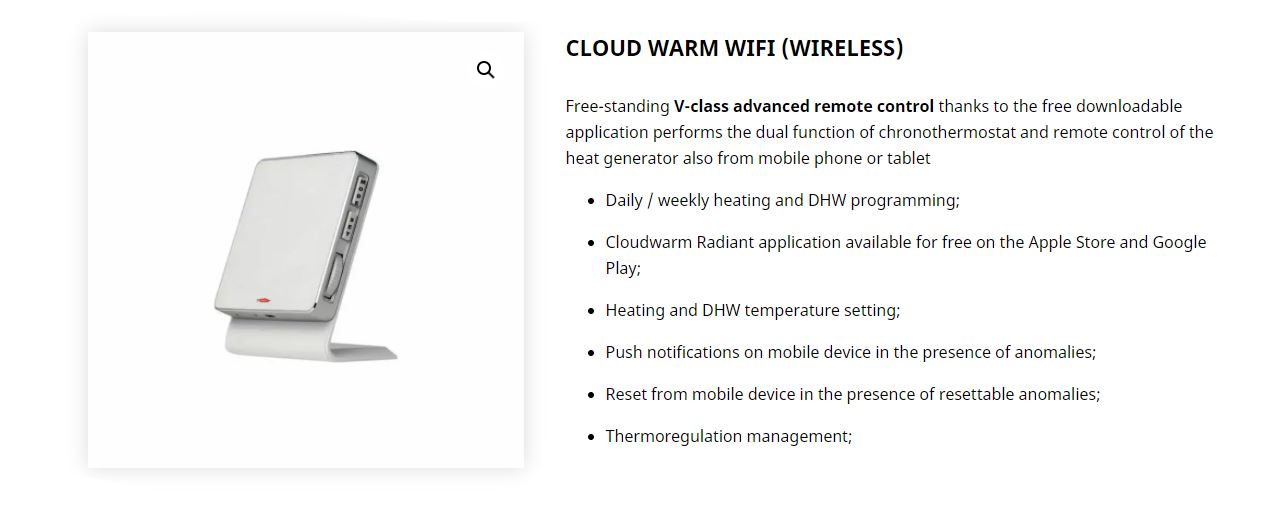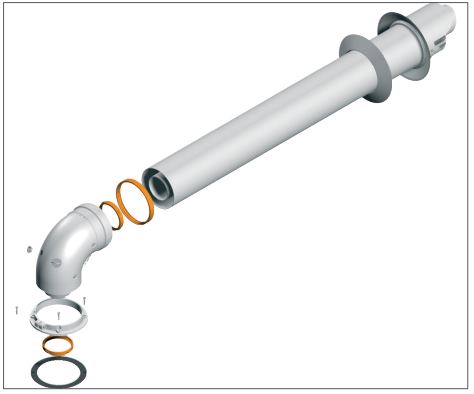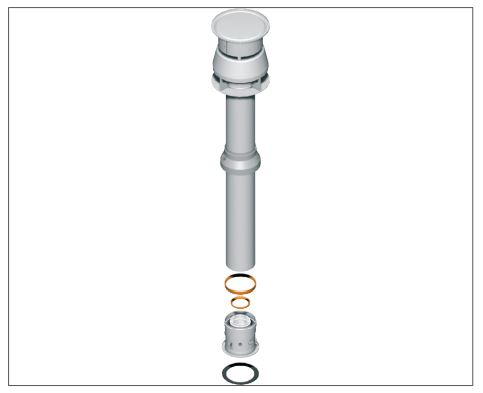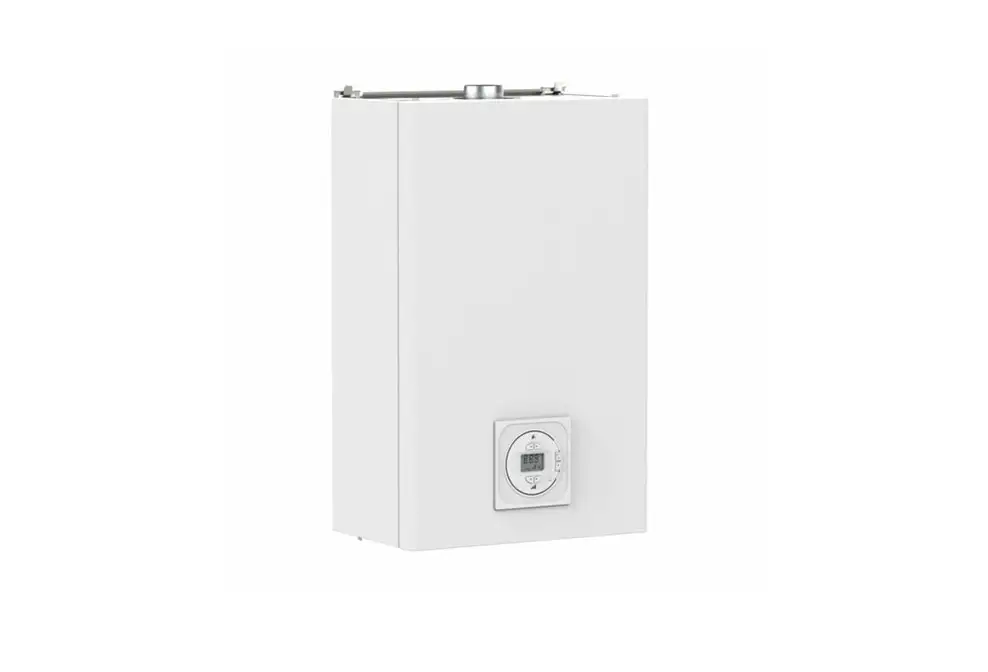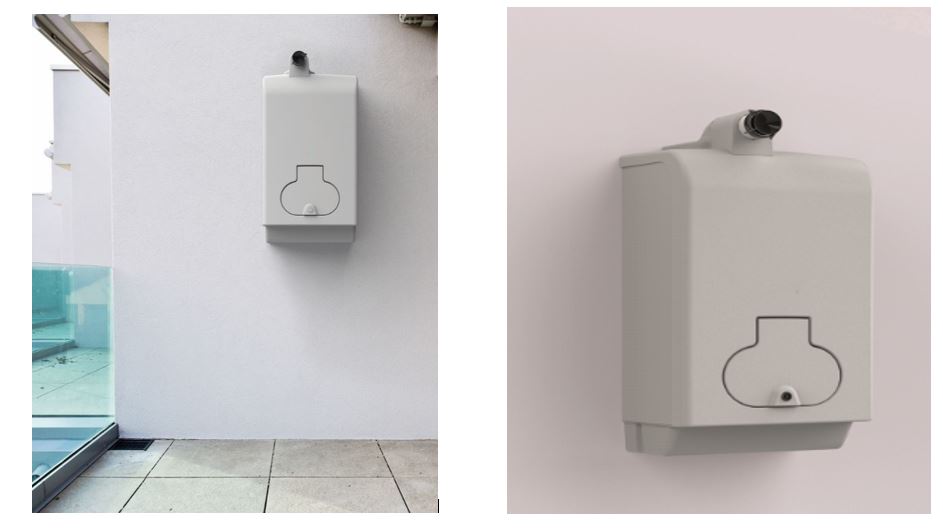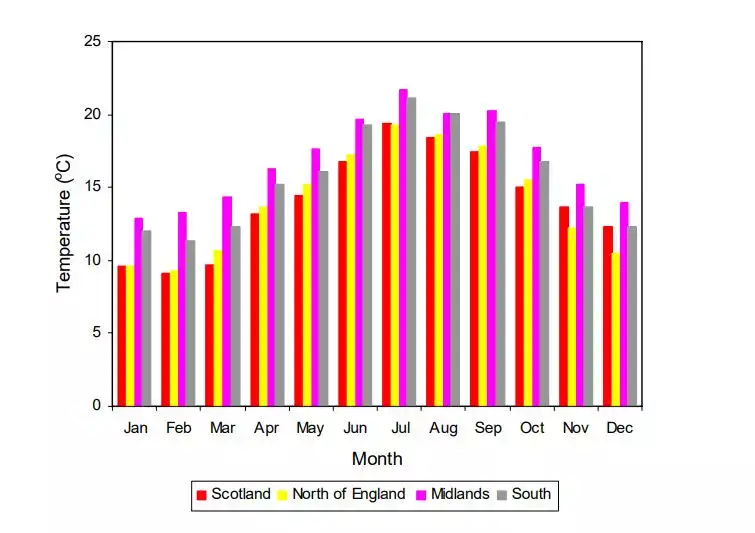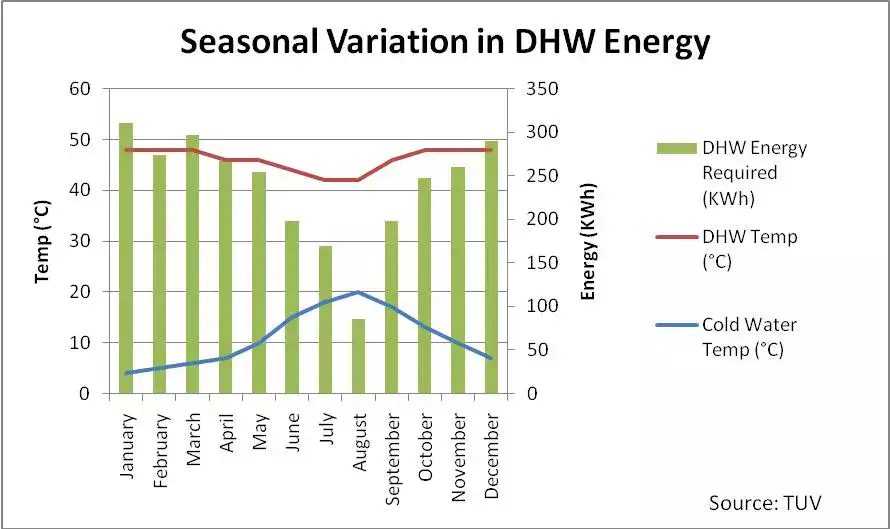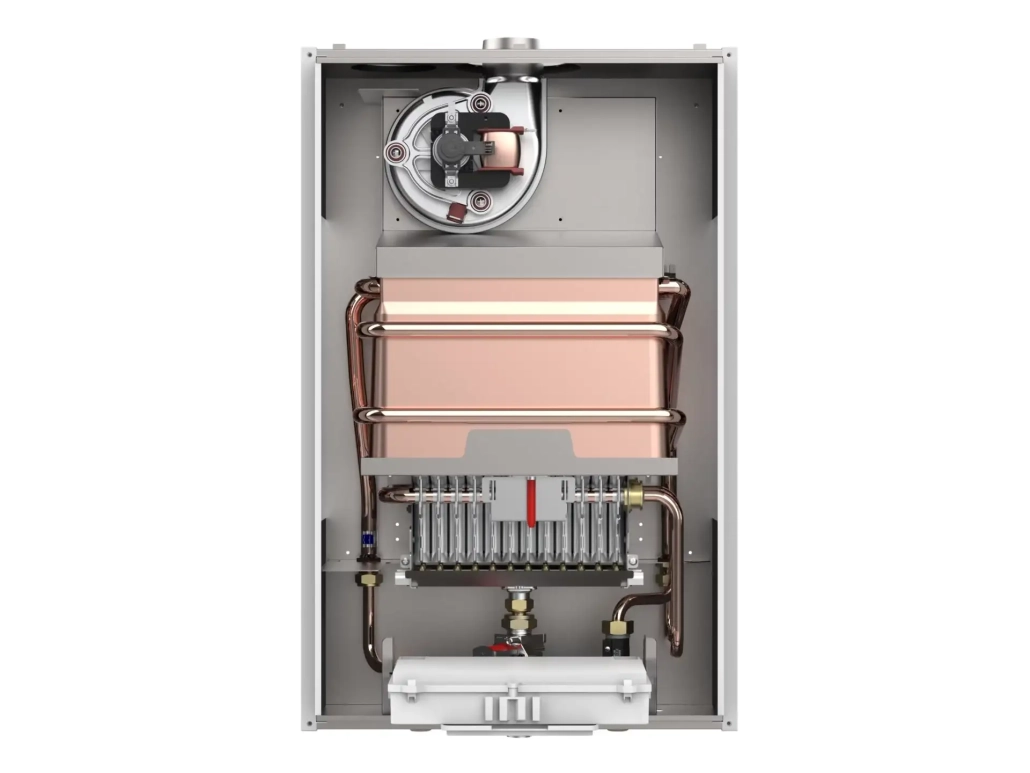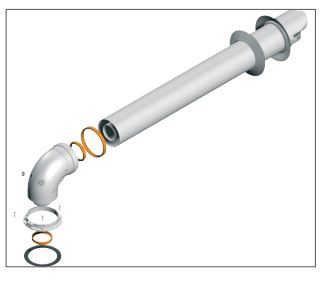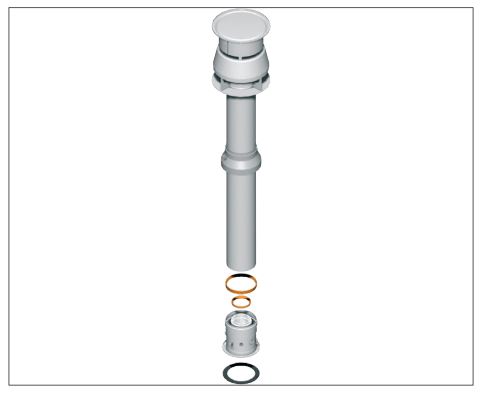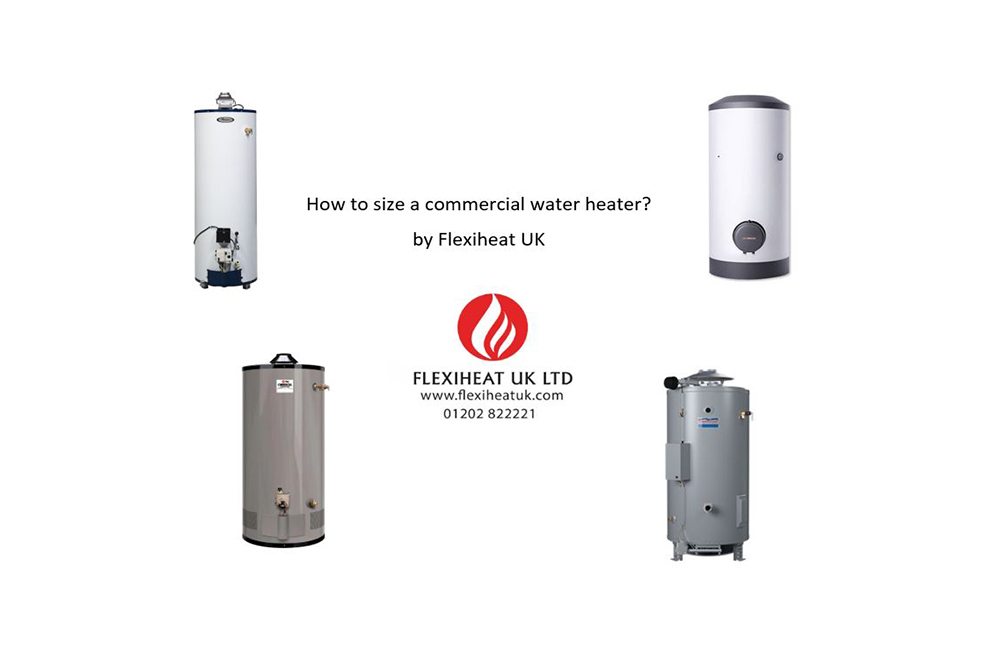12kw Electric Boiler – Electric Boilers
12kw Electric Boiler – Electric Boilers
Our 12kW electric boiler can be used for central heating and to produce domestic hot water as well, via an indirect cylinder. Whether the central heating system has standard radiators or underfloor heating systems, our electric boilers can do either or even both. This is electric heating a wet central heating system, with high energy efficiency.
They are the perfect new boiler solution for properties without a natural gas mains gas supply or where flueing requirements prevent the use of gas boilers, oil boilers, or even solid fuel boilers or electric storage heating.
All of our 12kw electric boilers will modulate their output to the heating requirements. This reduces the electricity consumption used and, subsequently, the fuel bills and running costs.
With a 12kW output, these electric boilers can be powered by either a single phase 240 Volt electric (the most common electric supply in UK homes) or a three phase 400 Volt electric supply.
If you buy from a supplier or produce your electricity from renewable energy sources- such as wind energy sources or solar electric energy, then you’re heating and hot water system can be zero carbon rated electric energy.
Electric boilers
Advantages / Benefits at a glance:
- No risk from explosion or carbon monoxide with electric boilers
- High efficiency – 100% – as no heat is wasted in the combustion process(as there is none) and flue or chimney system unlike a gas boiler or oil boiler.
- Gas boiler restrictions mean that a annual safety certificate is required for a rented property with a gas boiler – this is not the case for wet central heating electric boilers, they do not require a annual safety certificate – that’s right no annual safety certificate is required !
- Flexible installation location for the electric boiler -the lack of a flue or a chimney and no fuel tanks allows for more flexibility in the installed position, it also reduces the install cost too. Almost silent in operation too.
- Heating and domestic hot water for your property when used with an indirect cylinder
- Suitable for use on open vented systems or sealed heating systems. When used in older types of open vented systems, you require a minimum head of 8 mtrs on the boilers. Open vented systems are very rare these days, as a sealed heating system offers so many benefits.
- Light weight and compact unit – these wall mounted electric boiler units are light weight, and can be installed in many locations – especially useful in smaller properties – all pipe work connections are located at the bottom
- Flexible installation location with no fuel tanks to install
- Reduce your carbon footprint, you can use solar panels to help power this boiler type
- A long life soft start electric boiler system with zero volt switching – reducing maintenance, service and repair
12kw Output
- Which is 12,000 Watts or 40,944 Btu’s of electric output for the wet central heating system.
Energy saving pump with protection against clogging
- During a lengthy boiler shut-off period, regular spinning (once every 24 hours) keeps it from becoming clogged / blocked.
Very quiet operation
- Thanks to the silent triac power switches on these 12kw electric model boilers, they are virtually silent, with no moving parts – zero volt switching.
Smart electronic modulating system with step less regulation
- In low power steps or jumps of 2.5 kW each – the modulating electronic control of this wall mounted heating boiler, will ramp up and down the power steps or levels , to suit the central heating system requirements – be it underfloor heating or standard radiators – this auto heating regulation mode or process ensures reduced energy consumption, as the electric boiler matches the heating output to the demand of the standard radiators or underfloor heating systems, resulting in lower energy bills.
Suitable for Radiators or under floor systems
- Long life soft start system – which gently starts this boiler type – ensuring that there’s no power surges.
You can use a controller with “OpenTherm +” communication
- These are your “Nest” or “Siri” type of room thermostat, that can be a wireless or internet room thermostat – that you can control your electric boiler from an app on your phone, pad or computer. Allowing you to control your central heating system on the go.
Or you can use traditional ambient thermostats to control the operating temperature
Possibility of temperature regulation according to the room or outside temperature
- Possibility of remote control of the Electric boiler using an SMS message in conjunction with an SMS module ( optional extra)
- Digital control panel with a clear two-digit LED digital display – for heating and hot water.
- Safety switch protection – zero volt switching
- HDO communication – remote switching of the electric supply the boilers to a low rate electricity tariff- very handy if your on an economy 7 type of cheaper tariff electric scheme – saving costs.
- Possibility to control the water temperature output operation with a 0 – 10 Volt signal
- Possibility of producing hot water with an external indirect water calorifier / cylinder when using our three-way valve.
- Top design – with all the components to operate a wet central heating system, with all pipework connections easily accessed as the bottom of the boiler, for easy of installation. The auto air vent is located at the top of the boiler, to ensure it gets the air removed from the boiler, quality products are used throughout.
- Small dimensions of the 12kw output units – greater possibility for installed locations – and lower water content
- Integrated frost protection for this boiler type – to heat the property, and prevent burst pipes
- Auto air vent – to remove any air from the units heat up chamber
Heating only or central heating & hot water
Our boilers can be used heating only or central heating & domestic hot water (DHW) when used with an indirect cylinder (which can be an unvented or an open vented systems), you can provide ample amounts of domestic hot water for your bath, or shower, as well as your dish washing needs. We highly recommend an unvented indirect cylinder, due to the benefits of mains pressure DHW.
At 12kw output you can’t get an 12kw electric combi boiler to produce an adequate flow rate, or adequate water temperatures , especially in the winter period ,when you require warm water the most. A combi boiler is only really a suitable unit or solution when you have a 3 Phase electric power supply as they require the higher Amps to do the job instantaneously.
This is the solution for an electric combi boiler for 15kW or under – using a small indirect hot water cylinder, as with 1 phase / 240 Volt you can’t get an combi boiler to produce enough flow rate to run a bath or shower in the winter period – when you need DHW the most ! quite simply a true electric combi boiler that produces water on demand won’t work at 12kw output or below.
We go into more detail on our 12kW electric combi boiler option more on its own dedicated webpage.
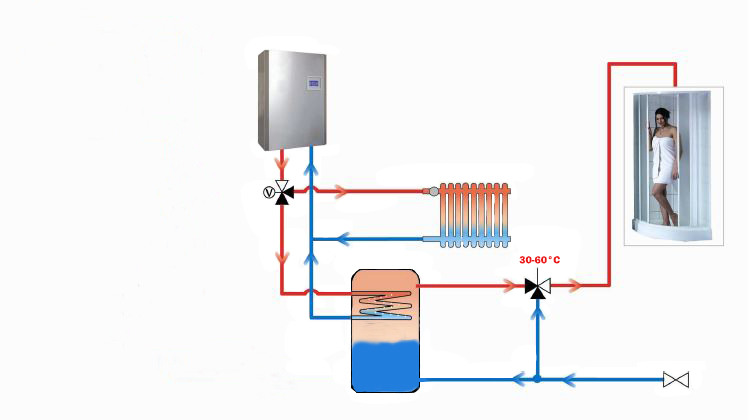
A diagram showing how an electric central heating boiler is connected to a Domestic Water Cylinder – with stainless steel heat exchanger.
1. These electric boilers have an automatic system in them that operates both the heating and the indirect DHW cylinder via a 3 port valve ( no S plan configuration or Y plan configuration should be used)
2. It operates in switching mode
3. DHW always has priority
4. For heating it works at “heating” temperature – various temperature (25 to 80°C etc), can be set and controlled – and you can use Equithermal room thermostat control –
Equithermal control is compensated weather control- the boiler automatically drops the flow temperature relative to the weather conditions – for example on a day when the temperature is 12C outside – and you want 20C inside, the unit works out that you only require 50C to the radiators, and this saves you energy and thus running costs.
The boiler then automatically switches on the pump and heating elements and regulates to the desired temperature for the heating system.
5. For the DHW cylinder – which can be a , the electric boiler heats up to a higher temperature (usually 75-80°C, to heat the DHW cylinder as quickly as possible) – this automatic control closes the heating circuit and opens the DHW heating circuit, switches on the pump and heating elements and heats to a higher temperature (75-80°C) and heats the DHW cylinder very quickly (100 litres in approx. 10 – 20 minutes!)
6. After the DHW Cylinder is heated, it switches to heating (see “4.”)
Why is this set up important?
Because you can have two required temperatures – i.e., the heating side of the boiler, which may be running underfloor heating – which needs a maximum temperature of 45C, of if the electric boiler is compensating the flow temperatures to a radiator system, for example when the thermostatic radiator valves close – it may have reduced the flow water temperature output to 50 or 60C – This would not be a high enough temperature to heat the indirect DHW cylinder
12kw electric boiler cable size
12 kw electric boiler cable size should be 16 mm2 for use on 1 phase 240Volt electric supply. After installation, all electrical work must be tested in accordance with IEE norms and NICEIC inspection, and a completion certificate must be obtained.
Electric heating company installation
Any electric heating company or a plumber in conjunction with an electrician can install our boilers , there’s nothing special to them and they work with all the standard manufacturer radiators, thermostatic radiator valves, under floor products that standard gas or oil boilers will. Thermostatic radiator valves are used to control individual room temperatures.
More Information / Prices
For more information or prices on our 12kW electric boiler options , then please don’t hesitate to contact our sales team on 01202 822221 or use our email contact form via the contact us tab on the website.
